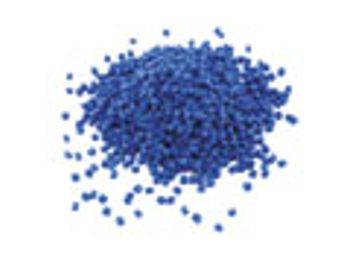
The Column
Scientists in the USA have carried out an investigation into the variety of beverages enjoyed by the Northern Bronze and Iron Age peoples before written records began using a combination of analytical chemical techniques.1

The Column
Scientists in the USA have carried out an investigation into the variety of beverages enjoyed by the Northern Bronze and Iron Age peoples before written records began using a combination of analytical chemical techniques.1

The Column
The Column spoke to Stewart Reynolds, Senior Science Specialist at FERA and Head of the UK National Reference Laboratory for Pesticide Residues, about the challenges that food analysts face and how the standards of food analysis are being boosted to comply with internationally recognized food safety standards and EU regulations.

The Column
The 6th International Symposium on Recent Advances in Food Analysis (RAFA 2013) kept attendees up to speed on the latest trends in food analysis.

The Column
A team of researchers from the University of California Davis (California, USA) in collaboration with scientists in Mexico and South Korea have performed liquid chromatography–mass spectrometry (LC–MS) to find that sugars added to proteins could be an indicator of gastric cancer.

The Column
Characterization of a whole polymer (amorphous and crystalline fractions) in a quality control (QC) laboratory is described.

The Column
For proper column installation it is important to be familiar with column characteristics such as solvent compatibility, maximum flow rate, and maximum operating temperature.

The Column
Pittcon will be held from 2–6 March 2014 in Chicago, USA. Here we take a look at what to expect at the world’s largest annual conference and exposition on laboratory science.

The Column
Click the title above to open The Column February 03, 2014 North American issue, Volume 10, Number 2, in an interactive PDF format.

The Column
Click the title above to open The Column February 03, 2014 Europe & Asia issue, Volume 10, Number 2, in an interactive PDF format.

The Column
Researcher Christina Agapakis from the University of California, Los Angeles, USA, has come up with an unusual way of making cheese by taking bacteria from various parts of the human body and analyzing the odour of each cheese produced using headspace gas chromatography?mass spectrometry (GC?MS).